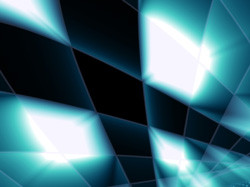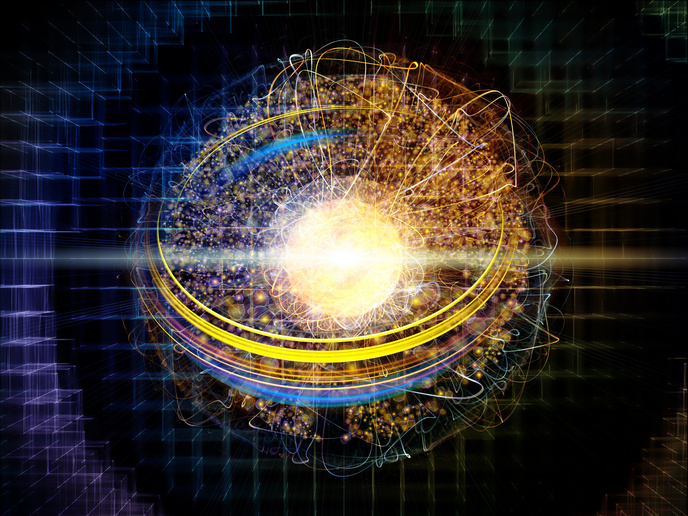Waveform control of intense laser pulses
Atom and molecule ionisation by strong laser fields has become a core technique in modern laser physics. At the heart of strong-field phenomena are electrons that first escape from the atom and approximately 1 femtosecond later re-collide with the parent ion. The EU-funded project 'Multi-color sculpted light waves for HHG control' (MUSCULAR) demonstrated a groundbreaking level of control over these electron trajectories via a driving laser waveform. MUSCULAR sought to develop a multi-colour waveform synthesiser sufficiently intense to drive high harmonic generation (HHG). The key idea behind this synthesiser concept was to generate down-conversion colour components in addition to frequency up-conversion ones. Through optical parametric amplification (OPA), the former components efficiently generated tuneable frequencies in the infrared range. A prerequisite for generating stable multi-colour waveforms was to ensure a fixed delay between the down-conversion optical harmonic with respect to the fundamental wave. To this end, scientists had to actively lock the pulse envelope of the fundamental wave, namely the carrier envelope phase (CEP). The project team used the developed light wave synthesiser to optimise the electron quantum trajectories in the HHG process. Since sinusoidal driver waves do not efficiently transfer the energy from the light to the accelerated electron, scientists used a waveform known as 'the perfect wave for HHG'. To realise the first experimental proof-of-concept with three-colour waveforms, MUSCULAR boosted the pulse energy of a commercial ytterbium laser. Active CEP locking was also added to the laser amplifier chain. The OPA system was seeded with a white-light continuum for generating the three phased-locked down-conversion colour components, forming the synthesiser base. Combining the components in an interferometer with sub-cycle stability resulted in a multi-colour waveform that had sufficient power to drive HHG. Enhancing HHG was a new example of the many possible applications of advanced shaping of optical cycles. The technology developed in MUSCULAR could be applied in a number of different light–matter interaction regimes. These include Brunel electrons whose field-driven trajectories can lead to terahertz emission, plasma heating and HHG on plasma mirrors, or laser particle acceleration.







